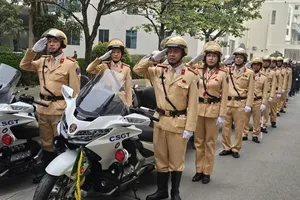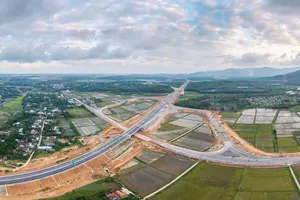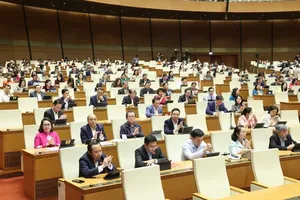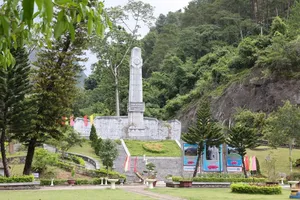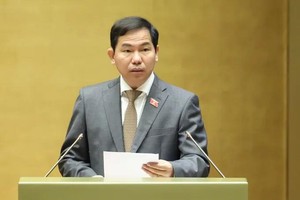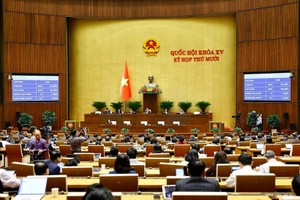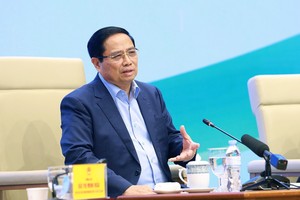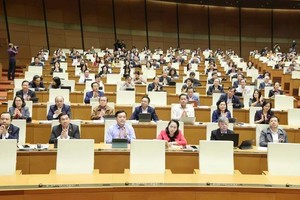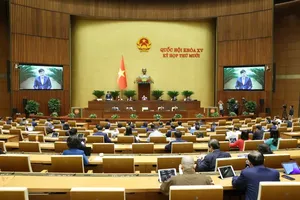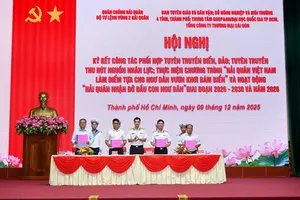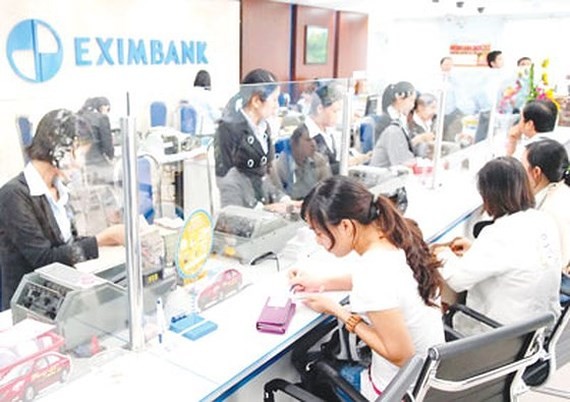
The project’s aim is to boost payment for public services such as water, electricity, tax pays and social welfare through banks helping to build electronic government and improve people’s access to banking services with the orientation of non-cash society.
The government has set the target that by 2020, 80 percent of taxation services in central cities will be carried out through banks. Moreover, most of state coffers in big cities and provinces will be equipped with devices to accept bank card in paying.
For instance, 70 percent of electricity companies agreed bill payment through banks; especially in central districts, towns of big cities and provinces. Likewise in water bill payment, half of households in big cities will pay water bills through banks.
The project also put forward many measures to boost payment through banks for public services and social welfare. Plus, it takes heed to implementation of modern ways in paying through banks and expansion of devices to accept bank cards in state treasuries, hospitals, schools.
Additionally, public service providers will apply more payment services without cash to facilitate customers in tax, water, electricity bill and tuition, social welfare payment.
However, these equipment for payment must be easy to use so that people in rural and distant districts who have not had bank account can use.
The government also required banks to have more cards with multiple uses that can be used for various deals in many forms of direct payment, on smart phones and other kinds. The government encouraged the cooperation between banks and other organizations in providing more forms of payment without cash especially in social welfare pays.
